
For many years, 4x4 owners have been motivated by the desire to escape the hustle and bustle of city life.
However, these same owners do not always want to give up the comforts of home, and as a result, the amenities that they take with them on their travels have evolved over time.
Thanks to the constant advancement of modern technology, 12V fridges now allow travellers to spend more time in remote areas, pie ovens can cook food while they drive, and 240V induction hobs eliminate the need to carry gas bottles. And let's not forget about those all-important coffee machines.
All of this technology requires a significant amount of power, which is provided by the ever-improving LiFePO4 battery industry.
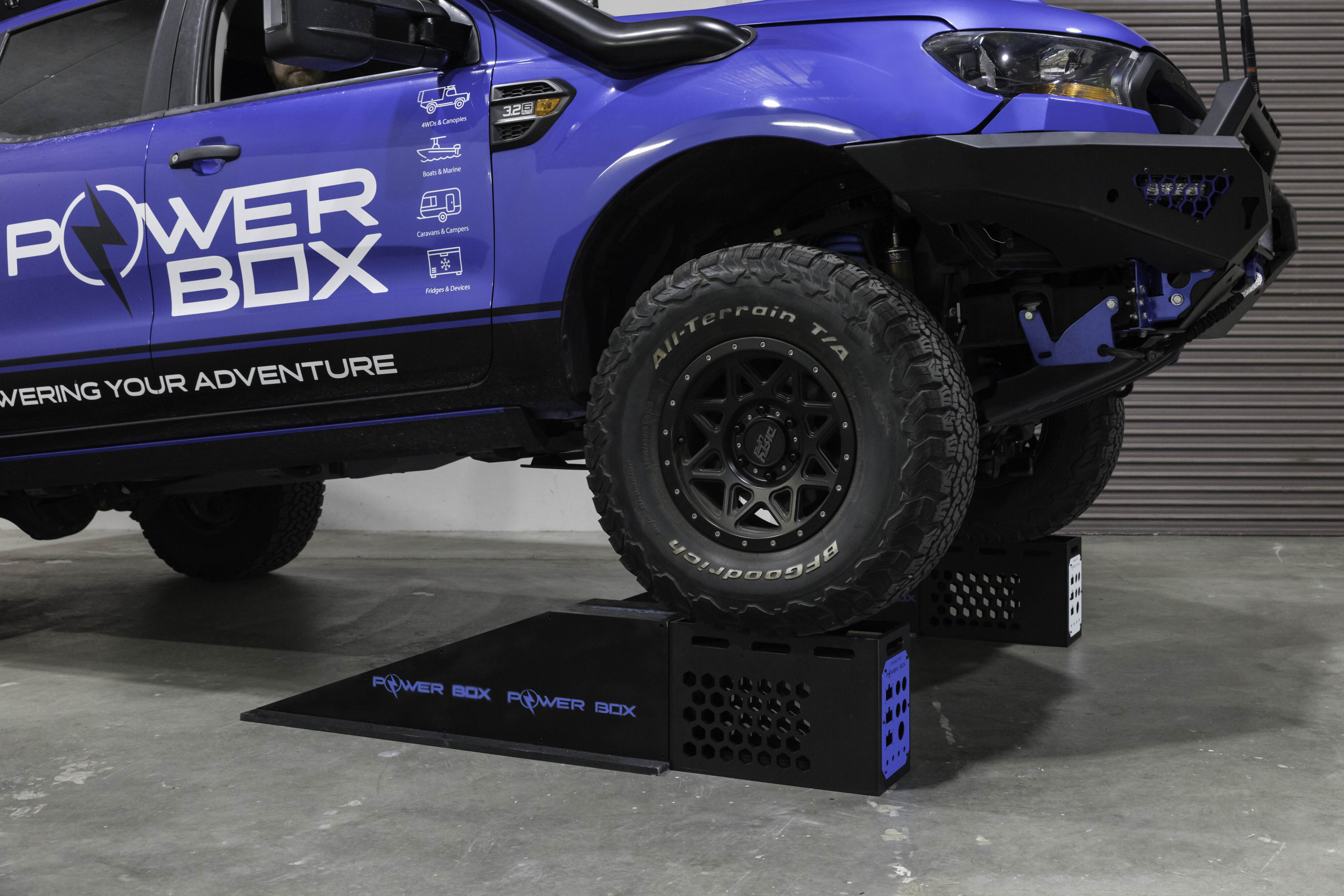
Designed to work
Having accumulated a wealth of experience manufacturing designer HDPE (high density polyethylene) canopies, WA-based Core Off-Road decided to build its own Power Box range of lithium battery based power stations, simplifying installation of auxiliary power into any 4x4.
Listening to what customers were asking for in their builds, the team at Core Off-Road came up with three designs based around known quality components, with each succession adding more capacity and features.
Amped up
While capacity is an important factor for auxiliary power, an equal if not more important component is how easily that capacity can be restored and maintained.
All three versions of the Power Box feature a Redarc BCDC1225D 25A charger, which allows inputs from the vehicle’s start battery/alternator as well as from a solar panel/blanket simultaneously. The Redarc unit prioritises solar input, should both be available, taking load off the vehicle’s alternator.
Electronics & Gadgets Buyers Guides
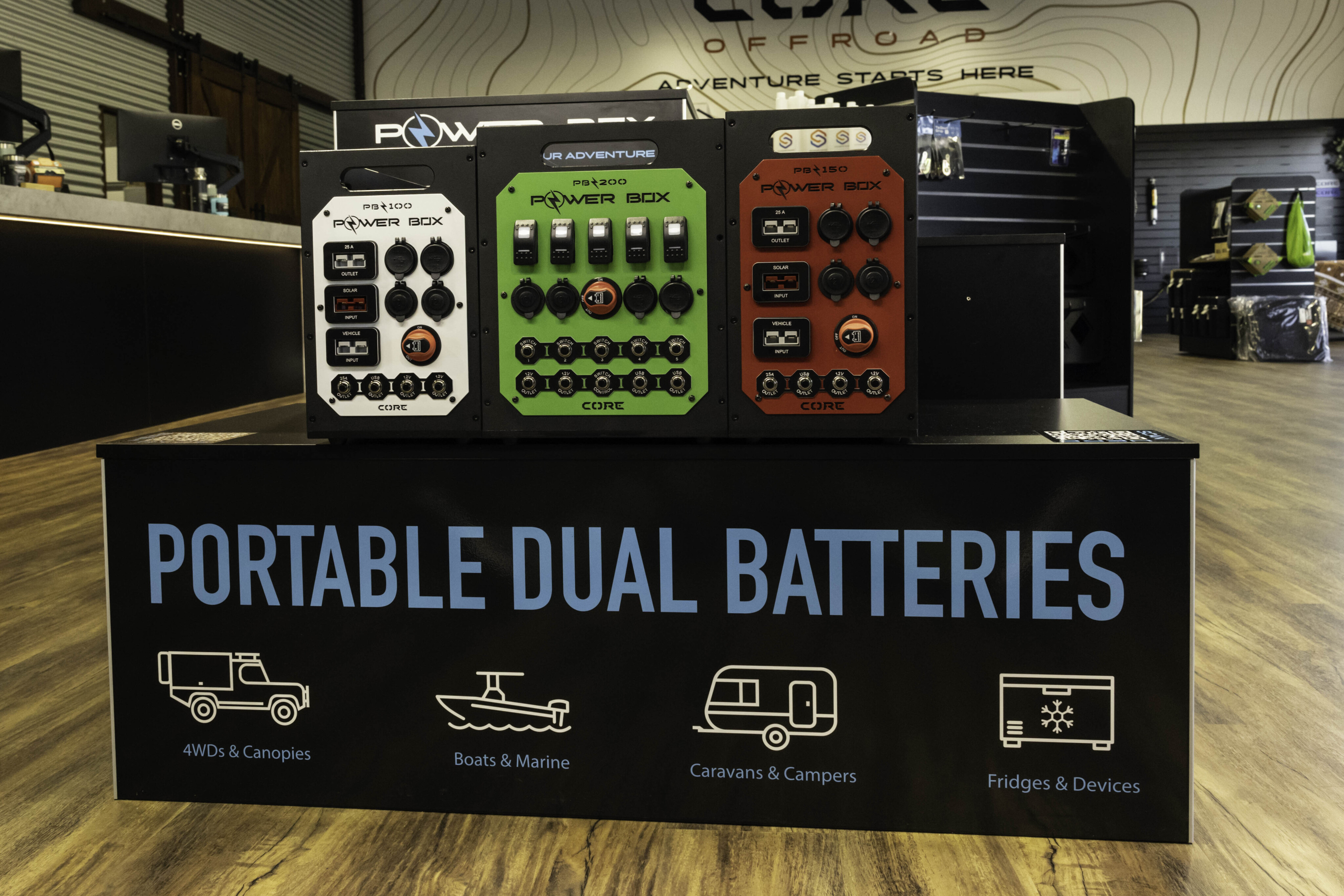
A Victron 500A Smart Shunt is also incorporated into each model of Power Box, providing a realtime data feed to a user’s mobile device. Information such as capacity in remaining days, charge and discharge rates, and cycles over a 30-day period provide users with an easy way to keep an eye on power usage, or to review it later.
The ability to shut the whole Power Box unit down with a dedicated 200A main isolator is found on each model’s front face, which can be quickly accessed in an emergency, or when the unit will be left unused for an extended period of time.
PB-100
The PB-100 is the entry-level model and the most compact of the range weighing just 17kg and priced at $2450.

It measures 199mm (L) x 474mm (W) x 324mm (H) and packs a 100Ah Powertech lithium battery. All plugs are found on the front face with Anderson plugs for 50A of solar and vehicle (alternator) inputs.
There are outputs aplenty with one 25A Anderson plug, two 12V merit plugs, and two twin USB outlets. All outputs feature resettable breakers, with everything clearly labelled and easily accessible.
PB-150
The middle child in the family weighs in at 24kg and costs $3250.
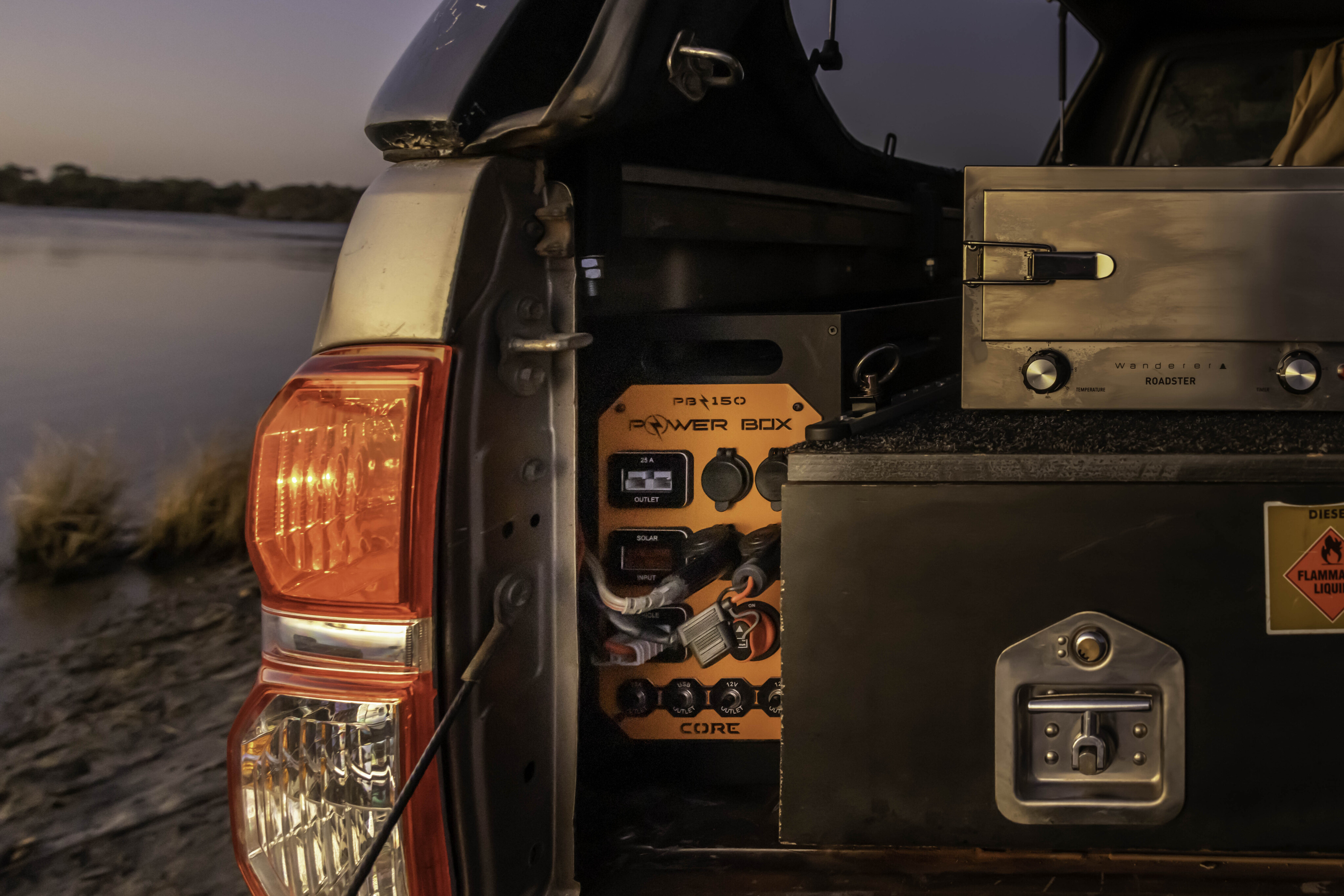
It measures 196mm (L) x 646mm (W) x 345mm (H), which is the ideal shape for it to be hidden away in the void behind the wheel tub and a set of draws on a dual-cab ute. With a 150Ah capacity it has a few tricks hidden up its sleeve when it comes to big power delivery.
As well as running the same power outputs and front facia panel as the PB100, it also has the capacity to power inverters up to 1000W capacity through a rear mounted 120A rated Anderson plug. There’s another Anderson plug rated to 40A alongside it too, with auto-reset breakers for the pair located internally.
PB-200
The PB-200 is the big kahuna at 32kg and priced at $3995.
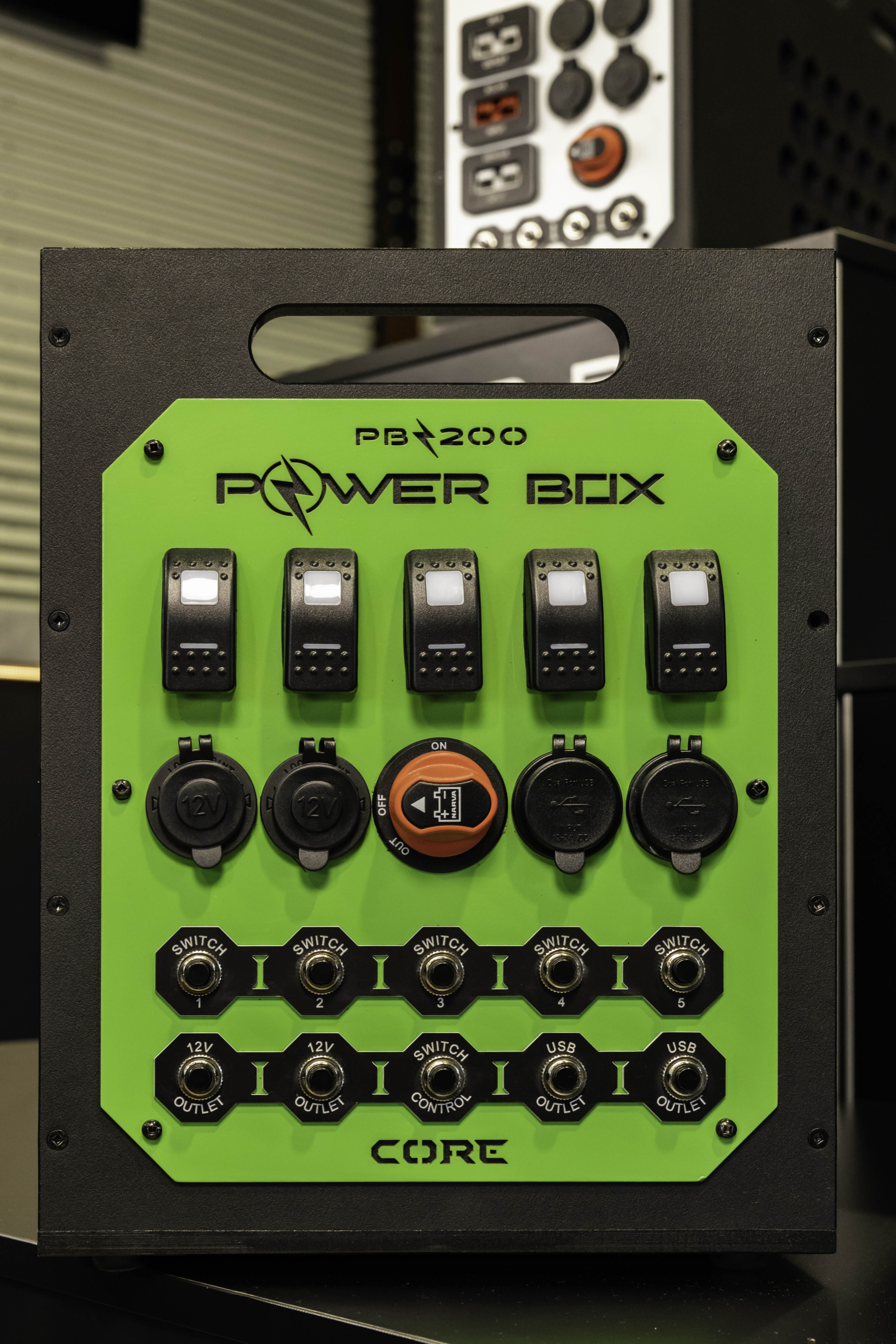
It measures 266mm (L) x 680mm (W) x 345mm (H), and features the same front-mounted merit and USB outlets as its smaller companions, but also packs 10 resettable breakers, and five Carling switches across its front face.
Inside there’s a 200Ah lithium battery, while at the back there’s a 12-pin Deutsch plug allowing for a simple plug-in connection to provide switched power to canopy staples like light banks, inverter, stereo, water pump, or even relay control for high-draw items like a compressor.
Two of the pins act as an isolator, so no pins remain live once the plug has been removed. The remaining 10 pins are allocated to each of the five front switches.
With the extra battery grunt available, a 1500W inverter can be run from the PB-200’s rear-mounted 150A Anderson plug, while four more 40A plugs increase the options for powering other appliances.
If 40A isn’t enough to run a power-hungry device, then a piggy-back Anderson plug loom is available to bridge two 40A outputs into one, doubling the available current.
Real-world testing
The day before a month-long north-west trip, I decided to drop a PB-150 into the trusty HiLux to power a big Engel fridge, a pie oven, a water tank pump and an air compressor.
I had to wire in the power supply cable for the Power Box that I situated in the gap behind the wheel arch in the tub; it took 40 minutes and a half-dozen cable ties to route the Power Box’s pre-terminated and fused 5m in-vehicle charging cable. And as everything else – battery monitor, DC-DC charger etc. – is already wired in, that was it!
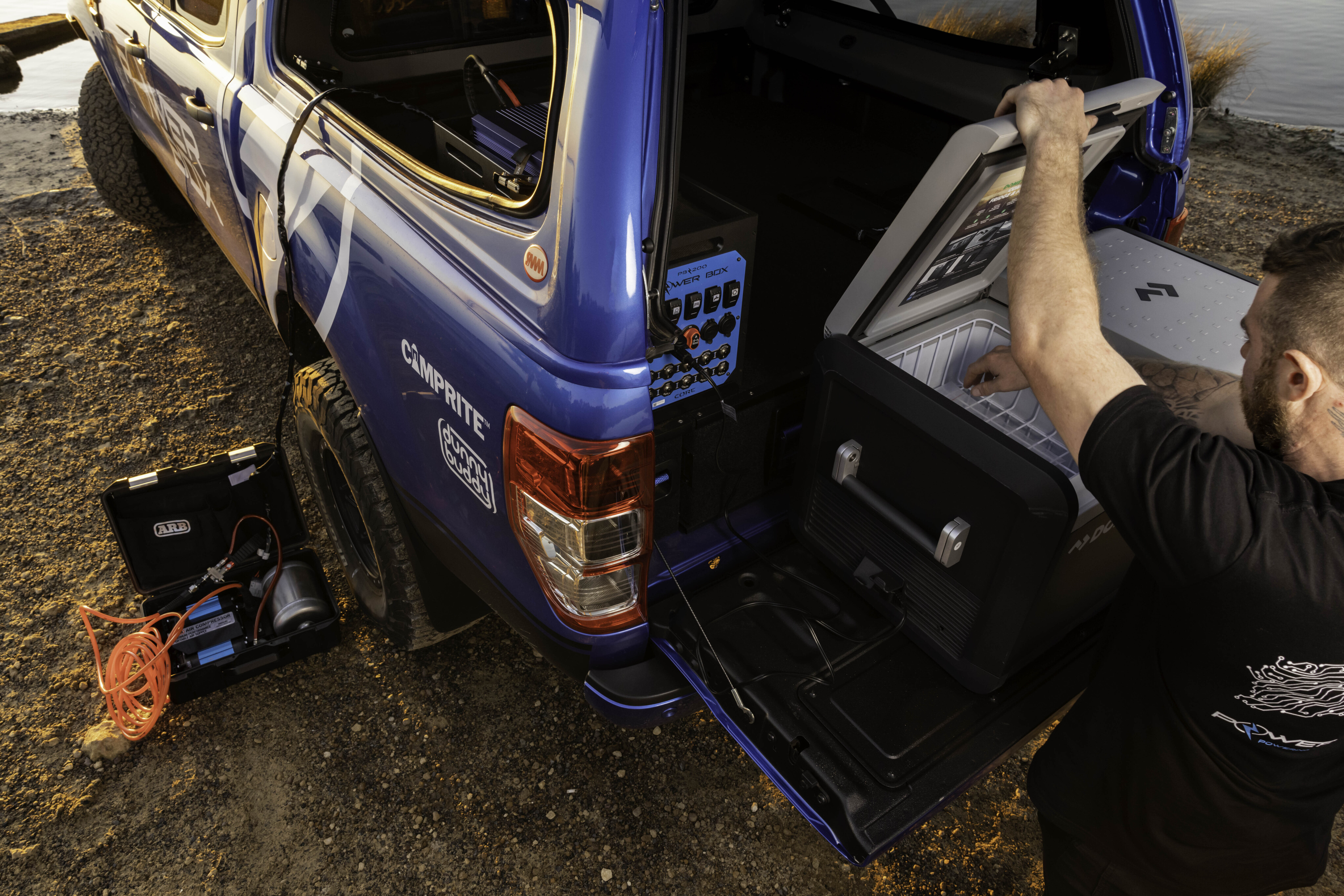
Recharging was done through the vehicle on this trip with no solar input, and the PB-150 lasted for days while sitting at camp, and was quick to recharge from its lowest point within a couple of hours of driving.
The corrugations we encountered on the trip were enough to loosen fillings, but the PB-150 kept on doing its thing without any fuss. Even when doused with all the dust the Karijini could throw at it, the Power Box worked as it should.

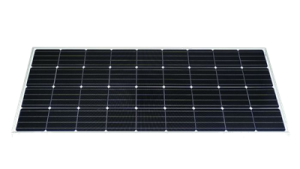



COMMENTS